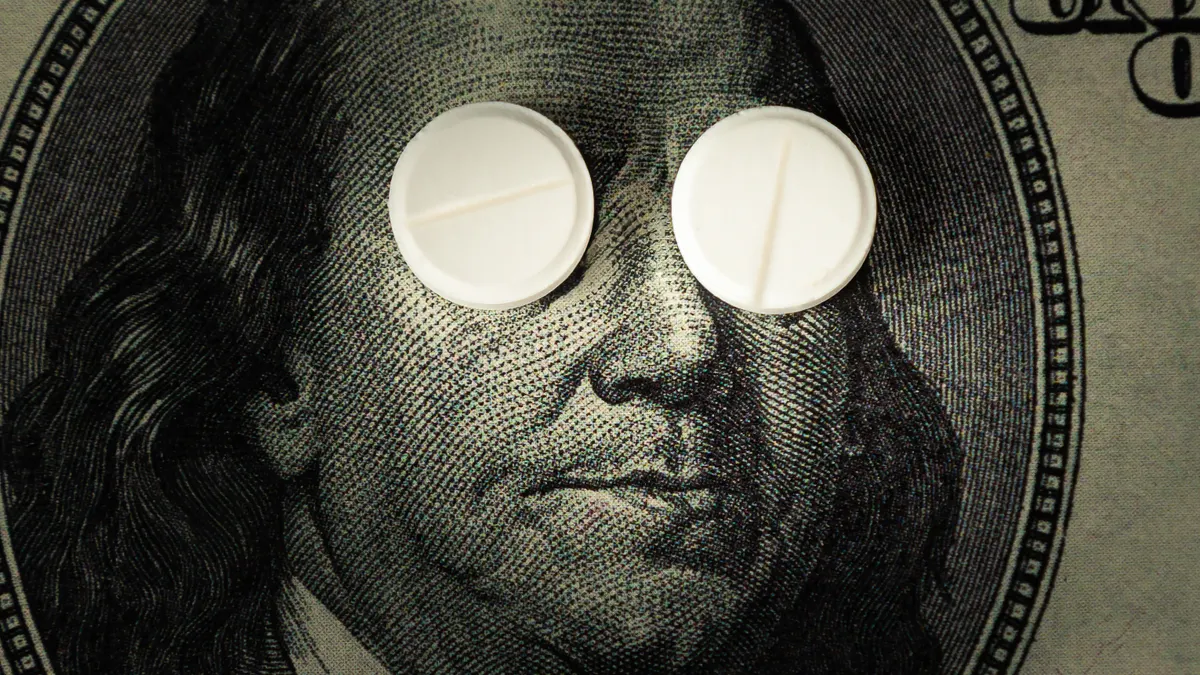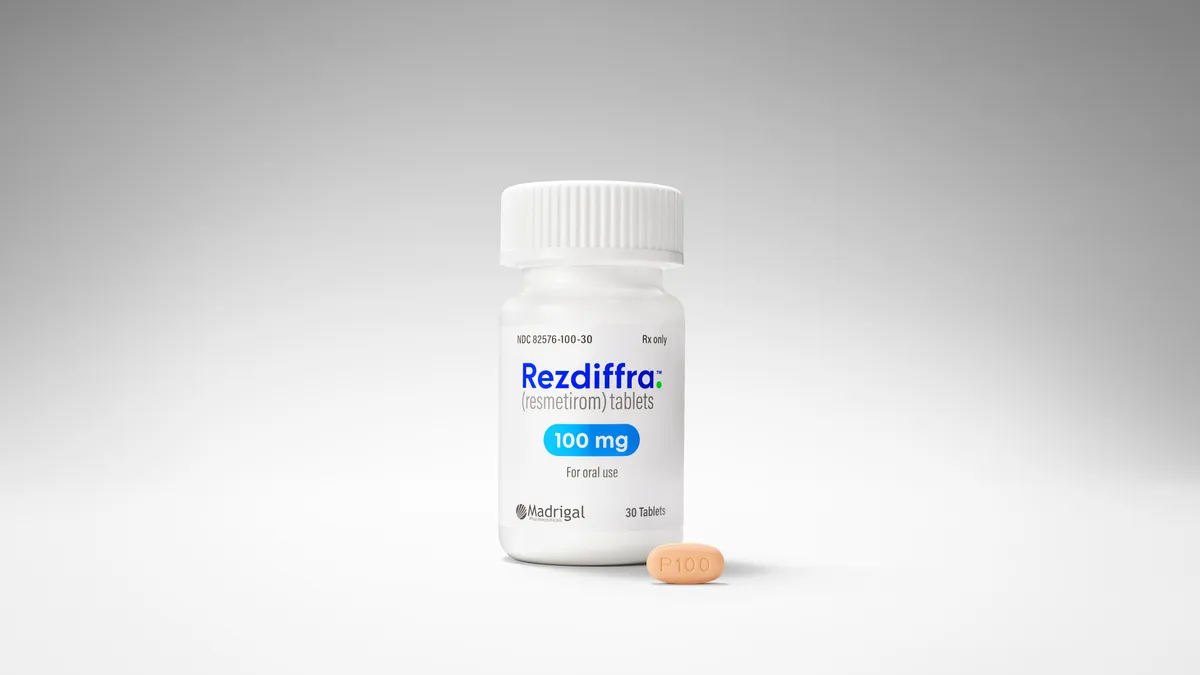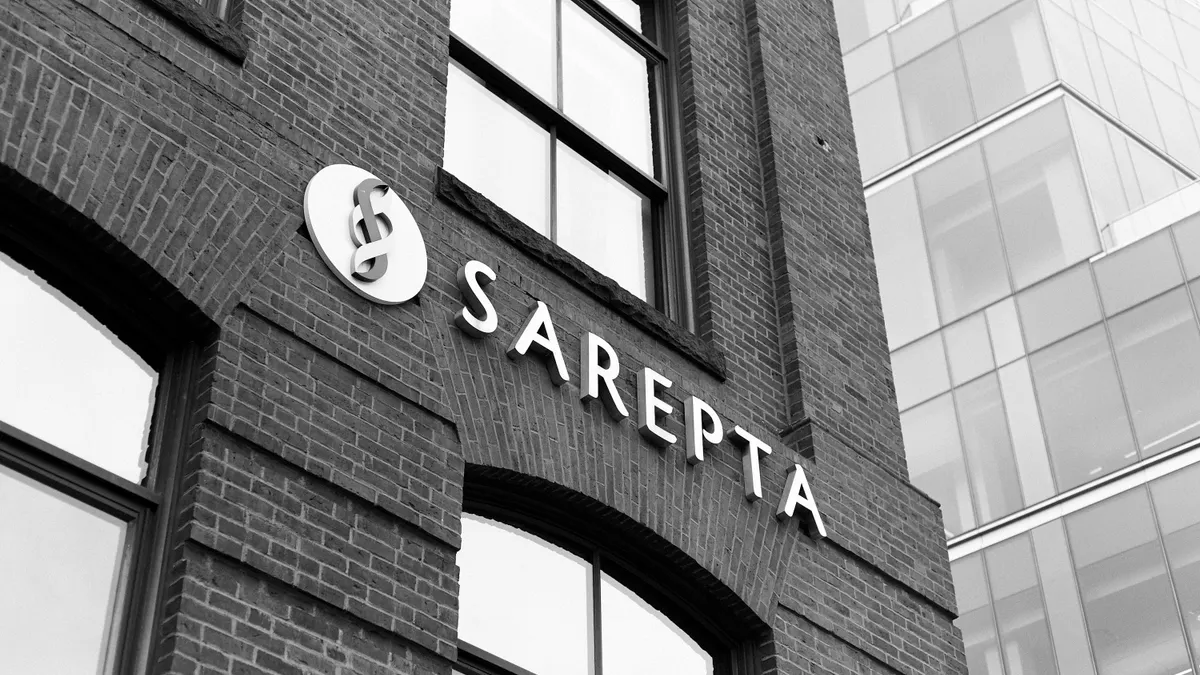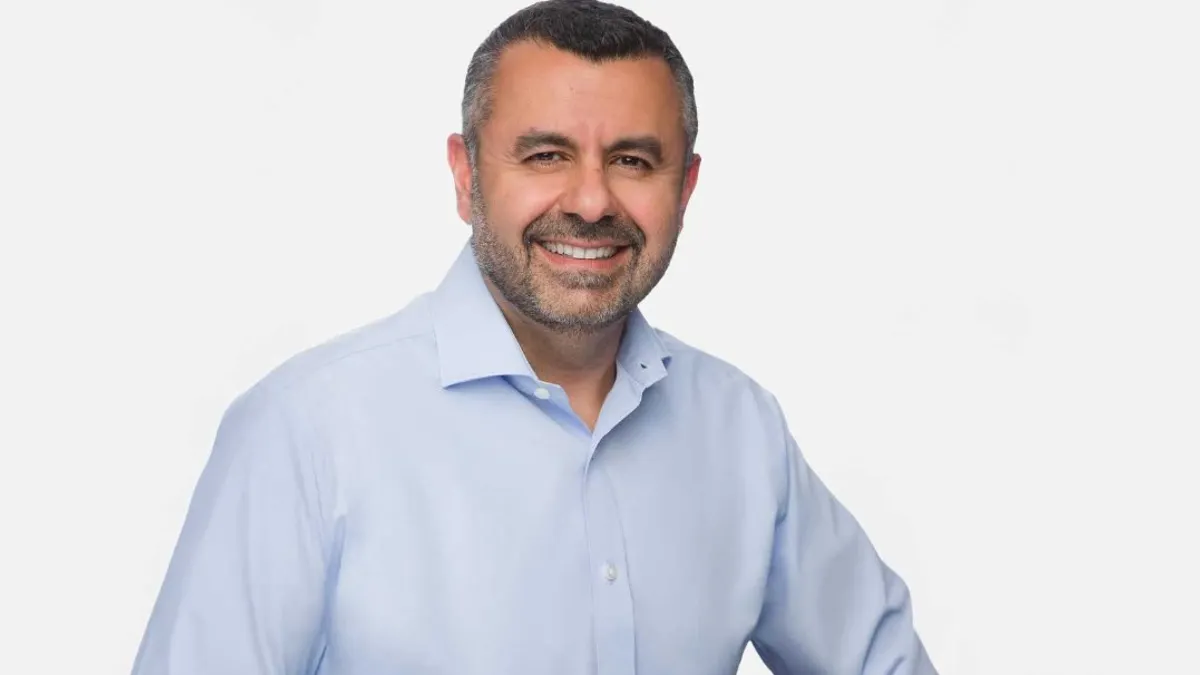Megablockbusters are on the rise in pharma. More drugs are surpassing the $10 billion sales threshold than ever before, according to a recent analysis by PharmCube, and 12 reached or maintained that status last year alone.
Once dominated by oncology and immunology drugs, the megablockbuster club has recently expanded to include super-selling cardiometabolic medications like GLP-1s.
The exact road drugs take to hit the megablockbuster mark can vary. In the case of oncology drugs like Keytruda, which raked in nearly $30 billion in revenue last year, diversification has been key. The cancer drug won its 40th approval for an endometrial cancer indication a year ago, and now comprises about half of Merck & Co.’s overall revenue.
Other drugs hit the $10 billion mark by sticking to their niche, PharmCube noted. For example, Vertex Pharmaceutical’s cystic fibrosis medication Trikafta/Kaftrio is “irreplaceable” in the disease, according to PharmCube. The combo therapy topped $10 billion in revenue last year for the first time since its approval in 2019.
In general, the megablockbuster trend is skewing toward drugs that reach a wider range of patients, such as checkpoint inhibitors like Keytruda and GLP-1 weight loss and diabetes medications.
“The era of single-therapy dominance is fading, replaced by a dynamic battlefield where metabolism, immunology and cancer drugs vie for supremacy,” PharmCube found.
As the industry winds shift toward megablockbusters — and the reigning top sellers continue to outdo their own revenue records — the evolving market winners reveal how drugmakers can reach new heights.
GLP-1 market relevance
The two leaders of the weight loss market, Eli Lilly and Novo Nordisk, have created a new arena for megablockbusters in just a few years.
Sales of its GLP-1 suite of products skyrocketed Eli Lilly into becoming the most valuable pharma company in the world while the popularity and growing indications for Zepbound have buoyed investor value.
“By [capitalizing] on the GLP-1 revolution, Lilly didn’t just elevate its market position — it transformed investor perceptions. Its market value doubled in two years, propelling it to the industry’s upper echelon,” PharmCube found.
Mounjaro reached nearly $12 billion in revenue last year, while Jardiance, Lilly’s diabetes medication co-owned with Boehringer Ingelheim, topped $10 billion for the year. Combined, Lilly’s Mounjaro, for diabetes, and Zepbound, for obesity, raked in $16.5 billion last year.
Novo Nordisk’s Ozempic was the second best-selling drug in 2024, with more than $17 billion in revenue and only outpaced by Keytruda. But combined, Novo’s suite of GLP-1 products — Ozempic, Wegovy and Rybelsus — reached $29 billion in revenue last year, “closing in on Keytruda,” according to PharmCube.
Both pharma giants are developing next-generation cardiometabolic drugs, as well, for a chance at treatments that work better, are more convenient or have fewer side effects. Novo and Lilly have already proven the evolution in GLP-1s can pay off. Novo’s first GLP-1 product, liraglutide, known as Victoza, hasn’t been as successful as semaglutide products Ozempic and Wegovy. And Lilly’s injectable diabetes GLP-1 dulaglutide, known as Trulicity, came years before its tirzepatide offerings that helped the company thrive in the obesity space.
“Each new generation outperforms its predecessor, extending the diabetes giants' legacies,” the analysis stated.
Oncology and immunology’s stronghold
The best-selling drug of 2024, Keytruda, has kept its dominant spot for years through diversification of indications, even as a patent cliff approaches and generic competition emerges. It’s a strategy that’s also being deployed by Bristol Myers Squibb for its immunotherapy Opdivo, which reached more than $10 billion in revenue last year. Since its launch 10 years ago, Opdivo has snagged more cancer indications, including a handful this year in combination with other drugs.
It’s a move that will help BMS keep one of its flagship therapies as a best-seller for years to come.
The other way drugmakers hold onto to their megablockbuster status is by finding the next contender in their pipeline.
“Product succession is an eternal theme in pharma innovation as the most direct answer to patent cliffs,” PharmCube said.
AbbVie’s Humira is the prime example, and the company’s top successor Skyrizi topped $11 billion in revenue last year.
Not all pharmas have deployed these strategies as successfully.
In 2024, Johnson & Johnson became the first pharma with two megablockbusters: its immunology drug Stelara and an oncology therapy Darzalex. But Stelara, which became a megablockbuster in 2023, will leave a revenue gap that J&J has yet to fill as biosimilar competition heats up. Darzalex is helping fill that void with nearly $12 billion in revenue in 2024, but the balance of the portfolios will remain a “tug-of-war” for J&J.





















